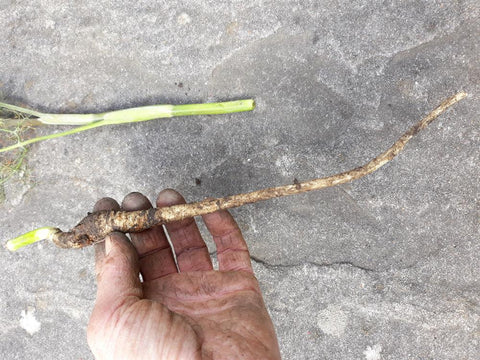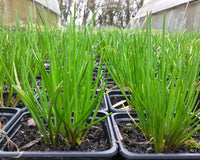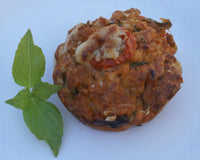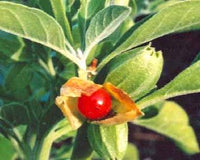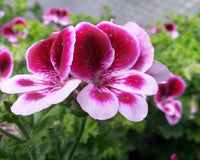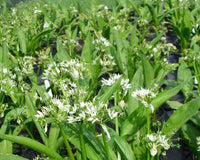Nearly all the parts of the very tall and majestic herb fennel (foeniculum vulgare) are used. It is a perennial herb and is not to be confused with Florence fennel which is grown as vegetable for its bulb. There is both the bronze form ‘purpureum’ and the green form. Both come up each spring in in clumps of graceful fronds which quickly grow tall stems which erupt into umbels of delicate yellow flowers loved by hoverflies. These are followed in late summer by the liquorice tasting seeds enjoyed by small birds over winter.

Fennel has been used as a culinary herb for centuries, not just for the leaves and seed but also the succulent stems. The leaves are traditionally used with fish, but are also good in salads and the roots and stems can be steamed and eaten. I have been served the seeds in an Indian restaurant after a meal – they relieve bloating, wind and stomach upsets. The seeds have also been used as an appetite suppressant.
Fennel can reach heights up to about 1.8 metres and has a long tap root to support itself. Although it can grow in pots it doesn’t grow happily for more than a couple of years simply because there is not enough room for the root. Fennel likes a sunny site and hates to sit in wet soils.
Cut the seed heads off in late summer and dry inside on sheets of newspaper out of direct sunlight.
